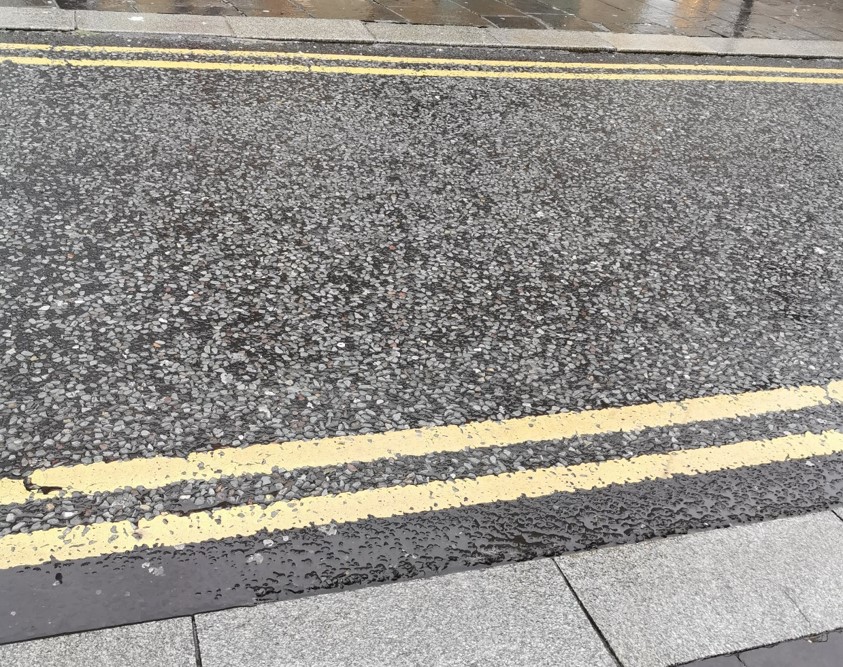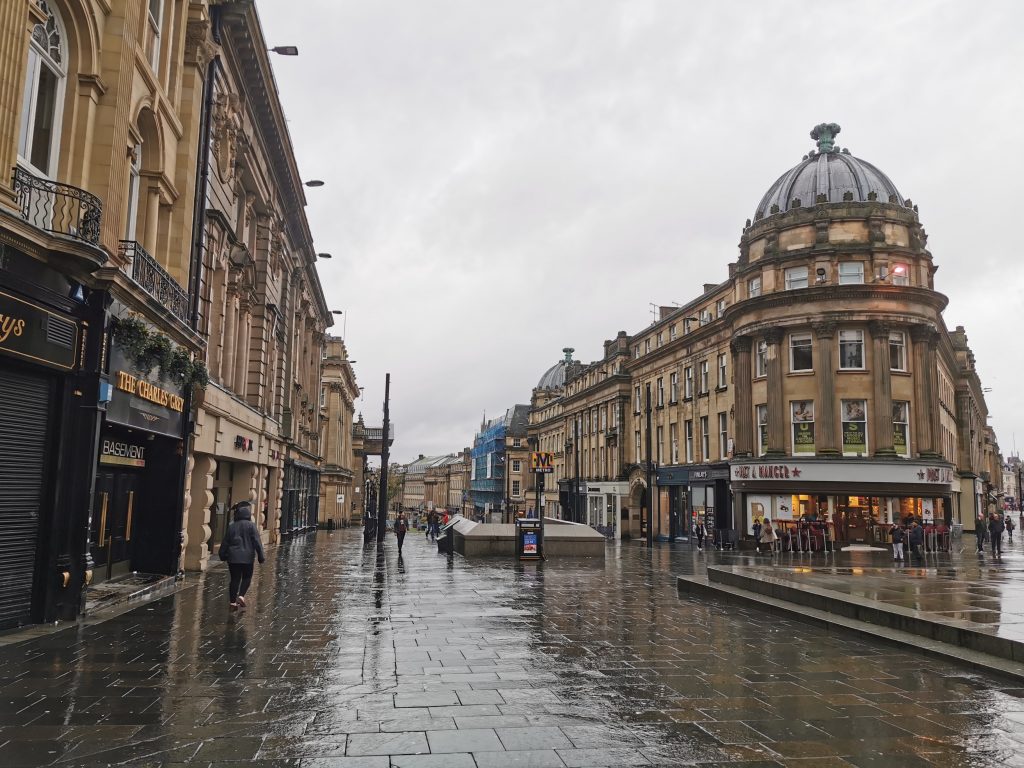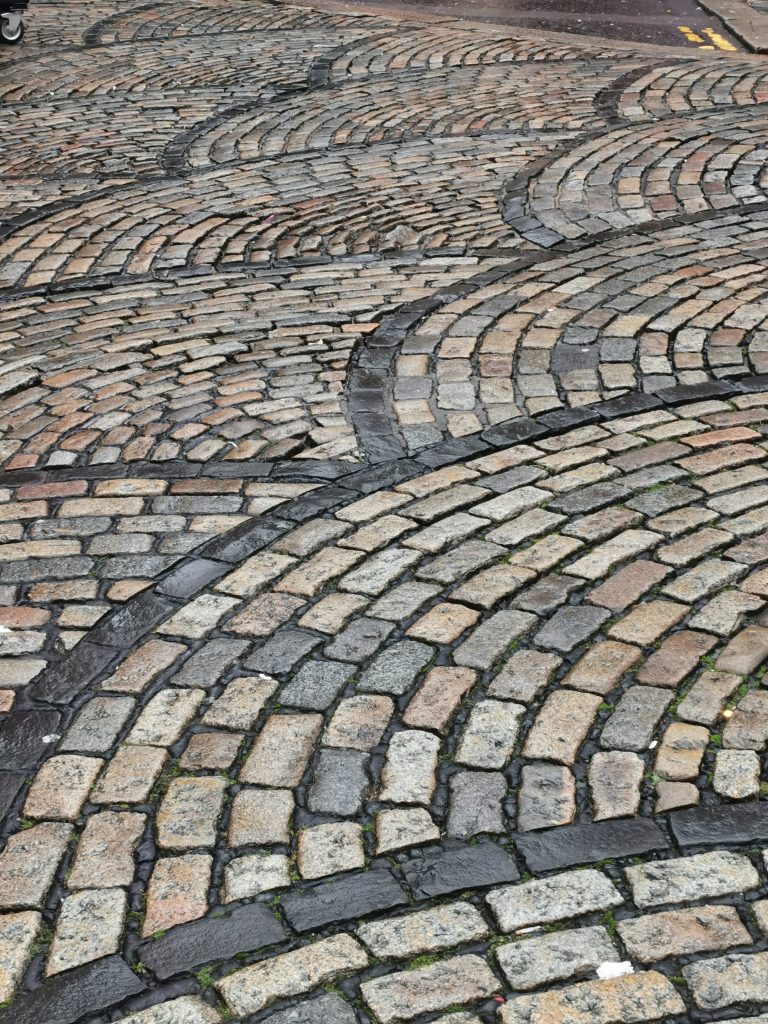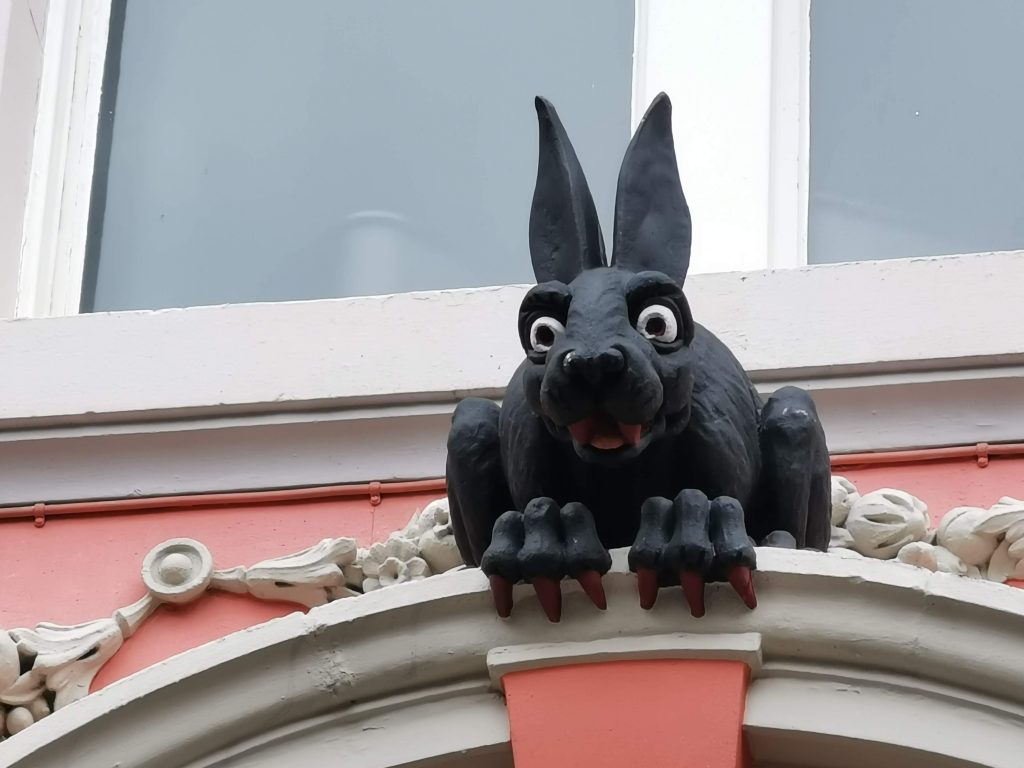In the latest CRE blog, researchers Lucia Rehackova and Mercy Ojo reflect on the recent Climate Conversation workshop at Newcastle University.
Earlier this month, Newcastle University ran a climate conversation workshop about what it could do to continue to reduce its carbon emissions. It was great to take part in the event, attended by staff and students alike, with most attendees keen to help drive change moving forward.
The event was opened by the University’s Deputy Vice Chancellor Professor Julie Sanders, who spoke about the need for the University to act with integrity in relation to the climate crisis. Newcastle University declared a climate emergency earlier this year, and it is good to see that this is being taken seriously and that there are people at the university who care about environmental issues and the role of the University within society.
We both found the discussions very positive, despite some of the presentations showing us the bleak future outlook for the planet, even if we do take radical action now. Professor Kevin Anderson, from Manchester University and the Tyndall Centre for Climate Change Research, summarised the current status in his short presentation, but the full, approximately 1-hour talk, is worth watching and can be accessed here. Two points in his presentation particularly made us think:
- First, he argued that offsetting carbon emissions by donating money (e.g. when buying flight tickets online) may be worse than doing nothing. This is because the donation may make people feel better about themselves and their travel, which may actually encourage more people to travel, or encourage people to travel more. Accordingly, Professor Anderson highlighted that the best policy is to not fly in the first place.
- The other take-home message for us was that we have a lot more work to do than we had thought. It seems obvious now, but we have to admit, we had not quite thought about how long it takes the environment to catch up with human actions. The climate change we are experiencing now is not a result of human activity within the last 10-20 years or so, it is a result of the industrialisation of work about 250 years ago. What this means is that if we pollute the environment faster and more heavily, as we are currently doing, the consequences in the future will be more serious than they are now. Further, any changes we make now will not result in a relatively quick response from the environment; what we do now may not affect us in our lifetime. But, if we do not reduce our emissions now, the next generation may find themselves in a much worse situation, because of the failure of the previous generations to safeguard the environment.
So what can be done now to help protect the environment for the future? Universities play a critical role in society, and as organisations, should be ethical and independent. They provide education, innovation and leadership, and there are many opportunities for Newcastle and other universities to do this in relation to climate change, including by reducing their own emissions. Newcastle University aims to be carbon neutral by 2040 or earlier, and a goal of this workshop was to explore opportunities for reaching this target by creating a “Road map to Net-Zero”.
Together, we worked on ideas that could improve university-related travel, energy use and resource use. We discussed everything from light bulbs, to bikes, to virtual conferences. We also talked about the way we learn and whether that needs to change as society and its needs change.
Some of the ideas for reducing the University’s carbon emissions brought up at our tables included: creation of an annual carbon budget for every staff member; allowances for traveling on business by lower-emission means (e.g. by trains/buses instead of planes); the inclusion of travel in the working time; training locals in other countries to help with data collection to reduce travel; reducing the working week to 4 days or scheduling working from home on days when there is no formal teaching; recording lectures and letting students attend virtually; developing compulsory sustainability curriculums for students; an immediate ban on flying first class for employees; production of our own energy on campus; improving strategies to insulate University buildings; using University-owned land to produce fruit and vegetables used in the canteens; having a student market where the leaving students sell/give away clothes or bikes to the new students; developing a scheme similar to cycle-to-work for students; and changing the default of meals to vegan. Perhaps some of the cost savings could then be used to support subsidies for lower-emission travel or to make deals with travel companies who could offer discounted travel for staff.
There were many more ideas and a lot of consensus on what could be done.
All hands were then on deck to come up with a road map which included immediate, medium-term and long-term ideas for actions. Here is a photo of it at the end of the workshop, showing how many mitigating actions can be done now or soon. It is now left to the University leadership to make the choice of embracing these suggestions and taking them forward.
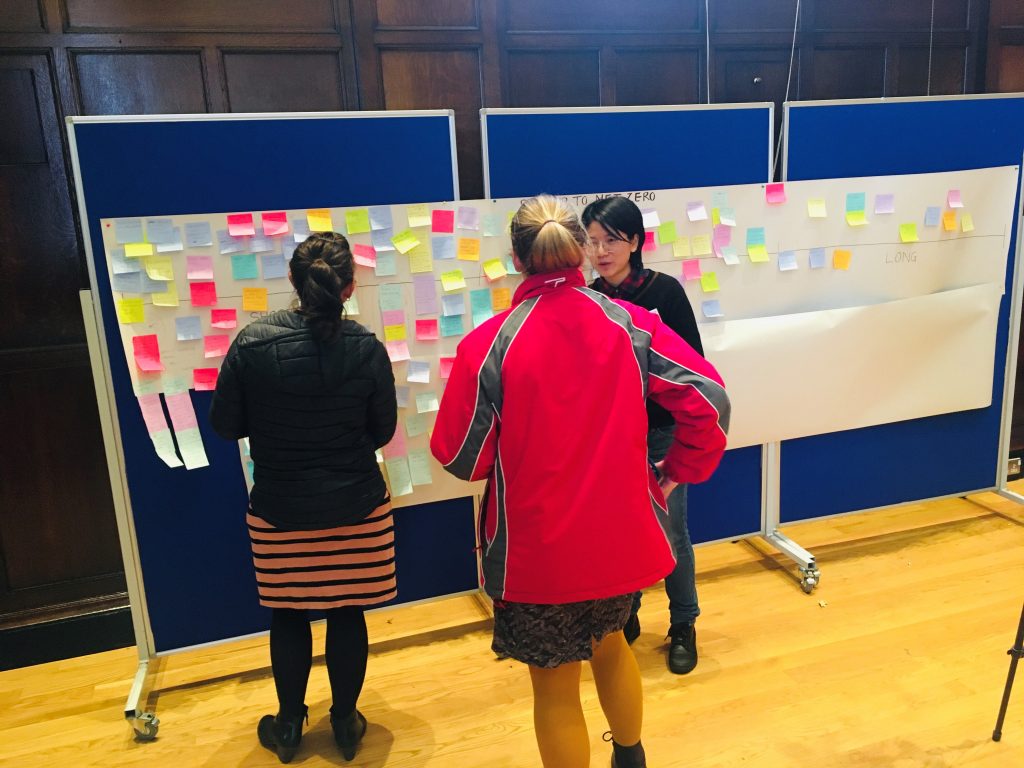
Participants were treated to a nice vegan-friendly buffet lunch at the end of the event, but mind you, you had to be quick to get your food! Thinking of the amount of food that ends up in the bin during catered events, organisers purposefully limited the amount of food that was served, in a bid to cut down on waste. Despite this, the meal was a pleasant way to wrap up the day’s event. Actions indeed speak louder than words😊
Here in the CRE, we are also looking at how to further improve our sustainability practices. Next month we will be holding discussions about how we as a research group can reduce our carbon emissions both as an institution, but also as individual influencers within the range of academic fields we contribute too. Watch this space.

